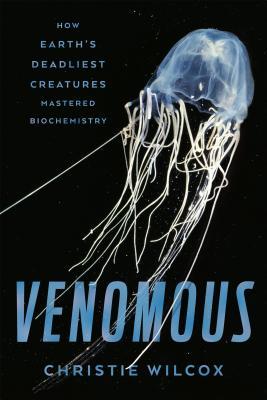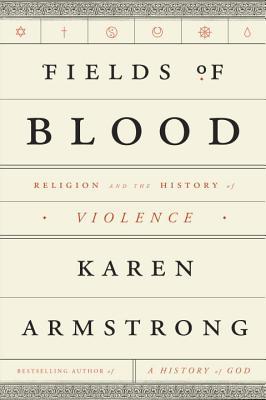Mary Roach sure did! If you ever had any doubts about approaching this potentially daunting subject, let Roach sweep away all your doubts: she makes what might be an otherwise unsavory subject (for some, not all) into one from which you can’t quite tear yourself away. From discovering how much the average ribs can compress before the organs they protect are no longer exactly protected (2.75″, if you’re interested, p.88) to knowing all the different uses a cadaver might serve (apart from the aforementioned) and what took their place before (hello pigs! hello dogs! hello monkeys! to name a few. Though animal substitutes still serve in our place, sometimes alive rather than not. Take that how you will), Roach takes you through human cadaverhood in possibly the most approachable volume you’ll read. She litters the entire book with smart quips and witty remarks, both in the main text as well as in the copious footnotes, which I strongly advise you not to overlook, and renders the lives – if they may be referred to as such? – of human cadavers into stories in their own right, taking them through adventures where their physical safety is imperiled or allowing them to find a nice plot of land in which to decay under varying conditions, entertaining the living every once in a while to show them how they’re faring. There’s never a dull moment as a human cadaver! Have I got you now?
Tag Archives: adult non-fiction
Venomous by Christie Wilcox
 It’s amazing what tiny little creatures such as the blue-ringed octopus or a little caterpillar in the rainforest can do to you (paralyze you completely and induce hemorrhaging, respectively), without even your realization that you’ve been bitten or pricked! Where Wilcox really shines in Venomous, though, is when she goes beyond show-and-tell and explains what goes on when you graze the back of that caterpillar with its bristly spine: contrary to what might be expected, this little caterpillar actually causes all the coagulants in your blood to become otherwise engaged so that they’re nowhere to be found while the rest of your blood is running rampant. Hence the hemorrhaging.
It’s amazing what tiny little creatures such as the blue-ringed octopus or a little caterpillar in the rainforest can do to you (paralyze you completely and induce hemorrhaging, respectively), without even your realization that you’ve been bitten or pricked! Where Wilcox really shines in Venomous, though, is when she goes beyond show-and-tell and explains what goes on when you graze the back of that caterpillar with its bristly spine: contrary to what might be expected, this little caterpillar actually causes all the coagulants in your blood to become otherwise engaged so that they’re nowhere to be found while the rest of your blood is running rampant. Hence the hemorrhaging.
Venomous is engaging and serves as a great introduction into the world of venom and the creatures that produce them. Wilcox takes you through a variety of different types of venom, organized more or less by chapter, telling you what they do to their (unfortunate/maybe-brought-it-upon-themselves) victims, connecting their incredible abilities to theories as to why certain creatures should have developed the venoms that they did. In fact, Wilcox goes further and delves – relatively lightly, nothing to be afraid of even if you’re not scientifically minded – into the science of what different venoms do. What you get, in effect, is something along the lines of this: what creature generates what sort of venom, which does what to which animal by targeting which areas, likely influenced by which evolutionary pressures. Wilcox breaks it down so that you understand what’s going on – which neurotransmitters are involved? what areas of the body does it affect and why? why might these creatures have evolved as they did? – as you make your way through the rest of the book, keeping all the information intact by making connections throughout.
Fields of Blood
 Karen Armstrong does a good job of summarizing the history of the development of religion & state succinctly in each chapter, linking each of the histories to each other in terms of patterns in government. What really struck me throughout was how effectively autocratic governments have fared throughout the ages – well, they would, not having to go through all the other layers of government in order to get things done, but still! In addition to this, the seeming inability to remove religion from society completely was quite interesting to see: the nation took the place of traditional belief systems, and instead of fighting for those beliefs, people would fight for the sake of their nation. It almost seems like the issue isn’t so much religion in its inspiration of violent devotion so much as humans at large, to be honest. Continue reading
Karen Armstrong does a good job of summarizing the history of the development of religion & state succinctly in each chapter, linking each of the histories to each other in terms of patterns in government. What really struck me throughout was how effectively autocratic governments have fared throughout the ages – well, they would, not having to go through all the other layers of government in order to get things done, but still! In addition to this, the seeming inability to remove religion from society completely was quite interesting to see: the nation took the place of traditional belief systems, and instead of fighting for those beliefs, people would fight for the sake of their nation. It almost seems like the issue isn’t so much religion in its inspiration of violent devotion so much as humans at large, to be honest. Continue reading
